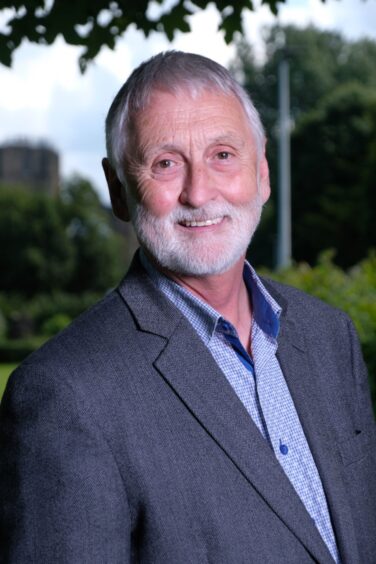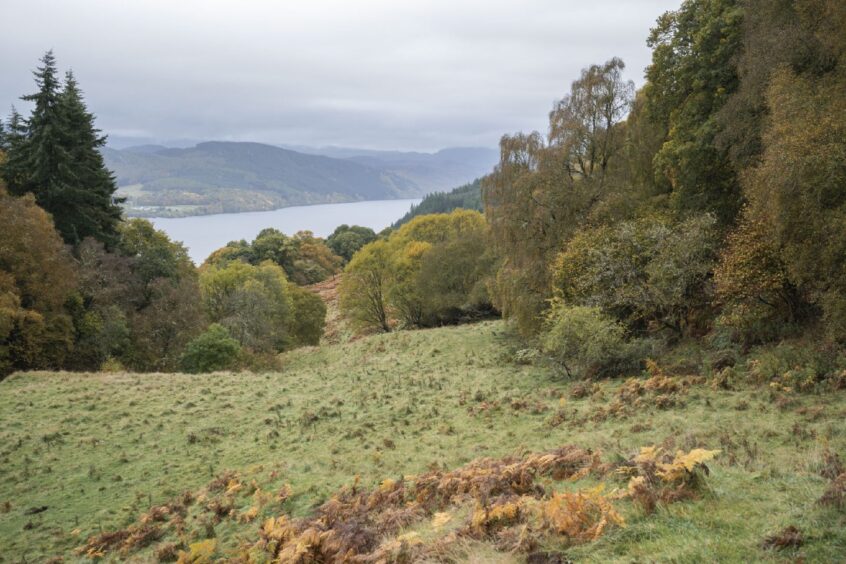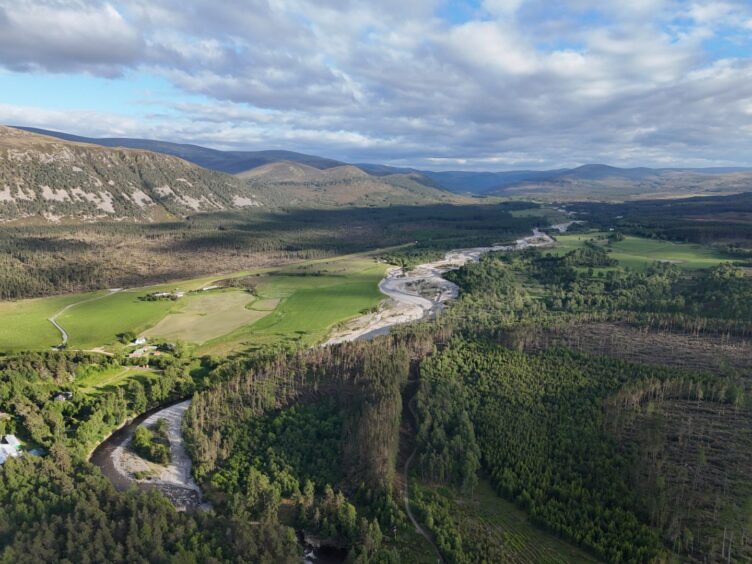The Scottish Government’s private finance model for nature recovery won’t deliver and needs a rethink.
So warns former Highlands and Islands Labour MSP and Scottish Government Minister Peter Peacock.
Mr Peacock was minister for education and young people from 2003 to 2006. He also spent four years as convener at Highland Council.
His call is made in an article, also published today, explaining why he thinks the current strategy of using private finance to pay for large-scale carbon reduction is failing.
Urgent action needed to restore biodiversity but current model suits private investors more than Scotland
Mr Peacock said: “We have an urgent need to restore biodiversity and utilise nature to help remove carbon from the atmosphere.
“But the model to base action on private investment isn’t delivering and won’t do anytime soon.
“Current strategy will serve… private financiers more than Scotland’s community and economic interests.”
Mr Peacock dealt with private finance in his days as a Scottish government minister.
In his article, he says the market in carbon credits from more tree planting and peatland restoration isn’t providing anything like the return private investors need.
And he told us: “For so long as that is the case, private finance won’t invest. That is why they (the current government) want significant and long-lasting public subsidy to underwrite financial risk.
“The hard truth is the public purse cannot and won’t be able to provide the levels of subsidy necessary to underwrite private financiers for a long time to come, if ever, at levels needed to meet the challenge.
“In any event, using public money to underwrite external private investment will extract more money from Scotland over time than it invests – that is how it works.”
The hard truth is the public purse cannot and won’t be able to provide the levels of subsidy necessary to underwrite private financiers for a long time to come, if ever.” PeterPeacock
NatureScot, Scotland’s nature agency, launched a £2 billion private finance initiative (PFI) aimed at land restoration about 18 months ago.
Along with ambitious native woodland and carbon sequestration targets, the PFI is expected to unlock new job creation and support rural communities across the country.
But, according to Mr Peacock, it “hasn’t yet invested a single penny of private capital”.
‘Serious’ debate over nature recovery ambitions required
He added: “We need to move away from hype about what private finance will do, when it won’t do anything without huge public subsidy. We need a serious debate to deliver strategy that retains wealth in Scotland and delivers tangible outcomes for the environment and carbon reductions in the atmosphere.
“That needs an active, investing, partnering, and regulating state working with local communities, NGOs (non-governmental organisations), and philanthropic interests.
“Putting private finance in the lead won’t deliver what we need.”
Nearly 3,000 acres of Scottish countryside up for sale
His comments and article come just days after almost 3,000 acres of Scottish countryside were put up for sale for nearly £11 million.
Rural property giant Strutt & Parker is marketing the land across three estates on behalf of current owner Jeremy Leggett and his company, Highlands Rewilding.
Mr Leggett has insisted the sales are not specifically aimed at paying off a loan, of which around £11m is outstanding.
But both the sale and his ongoing struggle to raise equity to fund rewilding ambitions highlight the challenges surrounding the whole issue of land restoration in Scotland.
What is the Scottish Government saying?
A Scottish Government spokeswoman said: “Restoring Scotland’s natural environment is a key way we can help address the twin challenges of nature loss and climate change.
“That’s why Scottish Government is already investing in nature at scale, though this is both a public and private responsibility.
“Our forthcoming Natural Capital Markets Framework will strengthen the existing Interim Principles for Responsible Investment in Natural Capital and set out our approach to using public spending more effectively to leverage in responsible private capital.”




Conversation